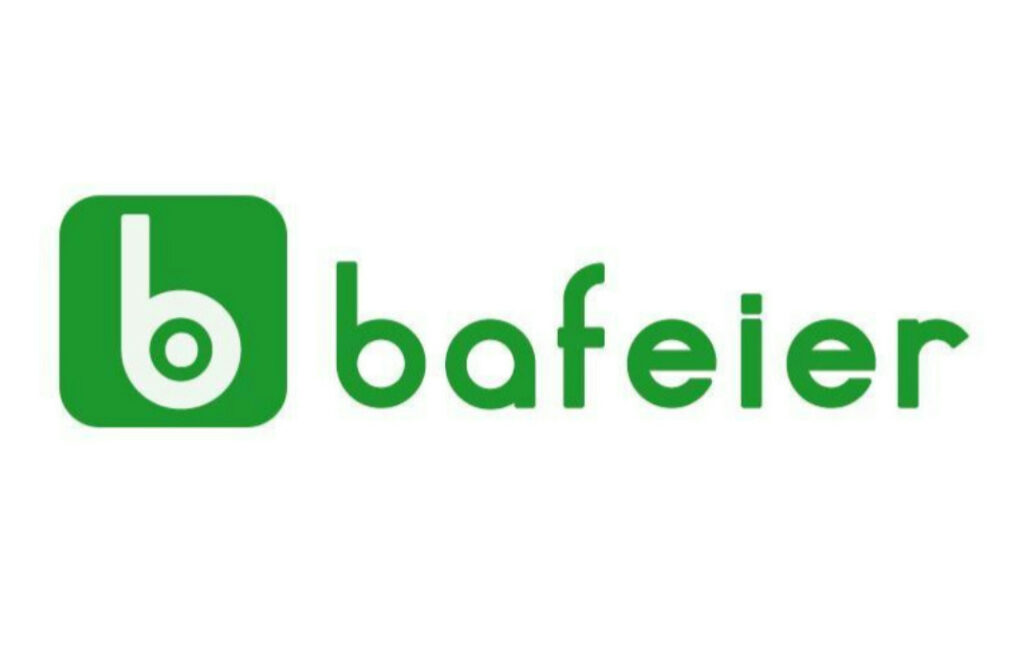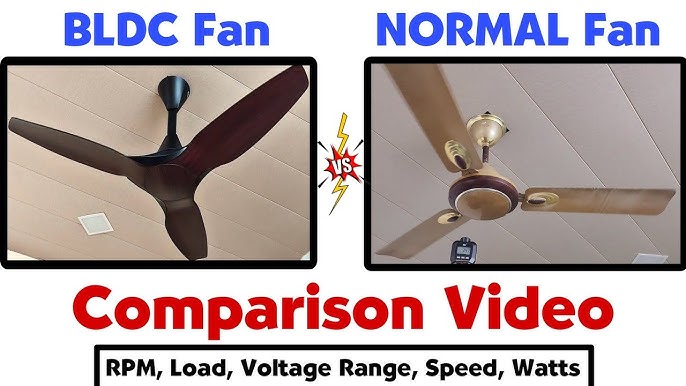Inleiding
Today, as the concepts of smart home and sustainable development are deeply rooted in people’s minds, consumers are paying more and more attention to energy efficiency and technological innovation when choosing home appliances. While traditional AC fans still dominate Indian households, BLDC fans using brushless DC motor technology are rewriting the industry landscape with a revolutionary attitude. According to the latest report from the Bureau of Energy Efficiency (BEE) of India, the application of BLDC technology in the field of ceiling fans has helped Indian households reduce their summer electricity expenses by an average of 30%. This article will deeply analyze the core differences between the two major technology camps to help you make a wise choice.
Energy Efficiency Revolution: A Subversive Breakthrough in Power Consumption Data
The energy consumption performance of traditional AC fans has always been constrained by their technical principles. AC motors (AC Motors) using the principle of electromagnetic induction need to continuously consume 70-80 watts of electricity to maintain operation. According to the actual measurement data of the National Power Corporation of India (NTPC), this is equivalent to about 0.075 kg of carbon dioxide emissions per fan per hour. In contrast, the permanent magnet synchronous motor (PMSM) equipped with BLDC fans reduces typical power consumption to the range of 28-40 watts through electronic commutation technology, and improves energy efficiency by more than 65%.
This energy efficiency leap has significant advantages in terms of electricity bill expenditure. Calculated based on the residential electricity price in Mumbai (Rs 8.5/kWh), when running 12 hours a day:
- Annual power consumption of traditional fans: 80W×12h×365=350.4kWh, annual electricity bill Rs 2978
- Annual power consumption of BLDC fans: 35W×12h×365=153.3kWh, annual electricity bill Rs 1303 Only electricity bill expenditure can save Rs 1675 per year. With the Indian government’s energy saving subsidy program (UJALA), the initial investment difference of BLDC fans can be fully recovered within 18-24 months.
Technical durability: a generational leap in engineering design
The structural innovation of BLDC motors fundamentally solves the life bottleneck of traditional fans. Traditional AC motors use carbon brush commutation mechanisms, which cause mechanical wear of about 0.3 mm per year, resulting in an average service life of only 5-7 years. BLDC technology uses Hall sensors to achieve electronic commutation, completely eliminating physical contact parts, and with high-purity copper windings (99.9% conductivity), the product life is extended to more than 15 years. The accelerated aging test of the International Electrotechnical Commission (IEC) shows that the performance degradation of high-quality BLDC fans is still controlled within 5% after 30,000 hours of continuous operation.
The optimization of the thermal management system further enhances this advantage. The temperature of traditional motors can reach 65-70°C during operation, while BLDC motors stabilize the operating temperature below 45°C by optimizing the magnetic circuit design. According to the research of the IEEE Journal of Electric Machines and Drives, the life of electronic components can be extended by 2.3 times for every 10°C reduction in temperature, which explains why the failure rate of BLDC products is 83% lower than that of traditional products.
Smart experience: a paradigm shift in silent technology
BLDC technology not only brings energy efficiency improvement, but also reshapes the user experience of fan products. The 200-level stepless speed regulation achieved through PWM (pulse width modulation) technology enables the wind speed regulation accuracy to reach ±1 RPM, which significantly improves the user experience compared to the 5-speed mechanical speed regulation of traditional products. In terms of noise control, the BLDC fan can reduce the operating sound pressure level to below 35dB, which is equivalent to the ambient noise level of a library, while traditional products generally maintain a range of 50-55dB.
This silent feature is due to two core technological breakthroughs:
- Optimized magnetic pole design: 12-pole rotor structure is adopted, which reduces torque fluctuation by 70% compared with the traditional 4-pole design
- Variable frequency drive technology: 32-bit MCU is used to achieve closed-loop speed control and eliminate mechanical resonance IV. Purchase decision tree: Accurate selection to match needs For different consumer groups, it is recommended to adopt differentiated selection strategies:
- Long-term residents (more than 5 years): BLDC fans are preferred, and their energy-saving benefits can exceed the initial price difference in the third year
- Rental/short-term users: The low purchase cost of traditional fans (starting from ₹1,600) is more attractive
- Solar users: BLDC fans have obvious energy efficiency advantages in inverter mode, which can extend battery life by 40% V. Industry trends and authoritative suggestions The global fan market is accelerating its transformation to BLDC technology. According to Frost & Sullivan, the penetration rate of BLDC fans in India will reach 45% by 2025. The latest Energy Star certification standard has clearly required that the ceiling fan energy efficiency index (CMM/W) must reach 6.0 or above, which can only be achieved with BLDC technology. Consumers can refer to the following certification marks when purchasing:
—ISI certification (Bureau of Indian Standards)
—BEE 5-star rating
—RoHS environmental certification
Conclusie
When energy saving and consumption reduction become a global consensus, BLDC technology is leading the technological revolution in the fan industry. Although traditional products still have price advantages, the overwhelming advantages of BLDC fans in energy efficiency performance, service life and smart experience have made it an inevitable choice for consumers who focus on long-term value. It is recommended that consumers give priority to BLDC products with BEE 5-star certification, such as Havells Efficool or Atomberg Renesa series, based on their own usage scenarios, so that they can contribute to sustainable development while enjoying comfort and coolness.

